Menu

At 19 months old, your child is transitioning from being a baby to a full-fledged toddler, and this stage brings a whirlwind of activity and newfound independence. While they may not speak yet, they are masters at communicating their desires and needs through gestures, sounds, and expressions.
You’ll notice your little one becoming increasingly active, running and jumping with newfound energy and enthusiasm. They’re also likely starting to assert their independence, attempting to dress themselves and insisting on making their own choices whenever possible.
At 19 months old, your child is rapidly developing physically, mentally, and emotionally. They are becoming more coordinated, adventurous, and curious, exploring the world around them through play and interaction. While their language skills are still emerging, they are starting to communicate with simple words and gestures.
Socially, they learn empathy and play pretend while asserting their independence. Consistent bedtime routines and varied nutrition support their growth and development. Despite the occasional challenges, this stage is filled with wonder and joy as you witness your child’s continuous growth and exploration.
On average, a 19-month-old girl weighs around 23.9 pounds and stands at approximately 32.2 inches tall. For boys of the same age, the average weight is slightly higher at 24.6 pounds, with an average height of about 32.8 inches.
These measurements can vary based on genetics, nutrition, and overall health, so focusing on your child’s growth is essential rather than strictly adhering to averages. Regular check-ups with a paediatrician can help monitor your child’s development and ensure they grow healthy.
Firearms Safety: Keep guns out of the home, especially handguns. If you keep a gun, store it unloaded and locked, with ammunition secured separately. Inquire about gun safety measures in homes your child visits.
Poison Prevention: Use safety caps on medicines and toxic household products. Keep all potentially harmful items out of sight and reach, and store them in their original containers. Dispose of unused medicines properly.
Fall Prevention: Secure dangerous areas with locks and gates and remove sharp-edged furniture. Supervise your child closely as they walk, climb, and explore. Seek medical attention if your child experiences a serious fall or behaves abnormally afterwards.
Burn Prevention: Keep children out of the kitchen during meal preparation and away from hot objects like oven doors and wall heaters. Use barriers to block off areas with hot objects; never carry your child and hot liquids simultaneously.
Drowning Prevention: Never leave your child unattended near water, even for a moment. Empty buckets and keep bathroom doors closed. Fence off swimming pools and supervise children closely around water at all times.
Car Safety: Following manufacturer instructions, use a car safety seat for every car ride. Ensure infants and toddlers ride in rear-facing seats until they reach the seat’s height or weight limit. Never leave children alone in or around vehicles; always check surroundings before backing out of driveways.
At 19 months old, it’s common for toddlers to exhibit picky eating habits and fluctuations in appetite. Your child may reject foods they once enjoyed or suddenly have a voracious appetite for certain items. This behaviour is normal and often reflects your child’s developing taste preferences and growing independence.
To ensure your toddler receives adequate nutrition, continue offering three small meals and one or two healthy snacks daily. It’s important to provide a variety of nutritious foods to choose from, even if your child occasionally skips a meal or snack. Over a few days, their diet typically balances out.
Allow your toddler to decide what and how much to eat, respecting their autonomy and preferences. If a particular food is rejected, don’t worry; simply offer it again at a later time. Supervise meal times closely, ensuring your child eats while seated to minimize the risk of choking.
By offering various nutritious options and allowing your child to explore their preferences at their own pace, you can help establish healthy eating habits and promote positive mealtime experiences.
Most paediatricians suggest toddlers consume around 1,000 calories daily, approximately 40 calories for each inch of their height. It’s typical for toddlers to experience fluctuating appetites daily, which is normal as they learn to self-regulate their food intake. Remember that serving sizes for toddlers are typically about one-fourth the size of adult portions.
At 19 months old, your toddler requires approximately 11 to 14 hours of sleep daily, usually including at least one nap. Establishing a consistent bedtime routine and nap schedule can help promote healthy sleep habits.
Suppose your toddler is experiencing sleep difficulties, such as resisting bedtime or waking at night. In that case, reviewing and adjusting their bedtime or nap schedules may be helpful.

As your toddler develops, their eyesight becomes sharper, enabling them to notice finer details and perceive depth by 19 month. You can aid their visual growth by exposing them to vibrant books, stimulating toys, and arranging playdates with peers their age. Introducing them to various environments like parks or grocery stores introduces them to new visual stimuli to explore.

Around 19 months, toddlers can comprehend and follow simple instructions even if they are not yet speaking. They also start recognizing familiar objects and people. While still mastering language, toddlers enjoy listening to music, playing with friends, and communicating through gestures.

Toddlers express their food preferences and dislikes as they expand their vocabulary. It’s common for them to be selective eaters, but offering diverse foods regularly can help broaden their palate. Discussing tastes and smells during meals enhances their awareness of their senses.

Despite their curiosity, toddlers still crave affection and reassurance from caregivers. Express your love through hugs and kisses to foster their sense of security. Ensure a safe environment by keeping hazardous items out of reach and guiding their exploration.
When they display inappropriate behaviour like hitting, gently redirect and employ consistent discipline methods such as time-outs.

As your toddler develops, their eyesight becomes sharper, enabling them to notice finer details and perceive depth by 19 month. You can aid their visual growth by exposing them to vibrant books, stimulating toys, and arranging playdates with peers their age. Introducing them to various environments like parks or grocery stores introduces them to new visual stimuli to explore.

Around 19 months, toddlers can comprehend and follow simple instructions even if they are not yet speaking. They also start recognizing familiar objects and people. While still mastering language, toddlers enjoy listening to music, playing with friends, and communicating through gestures.

Toddlers express their food preferences and dislikes as they expand their vocabulary. It’s common for them to be selective eaters, but offering diverse foods regularly can help broaden their palate. Discussing tastes and smells during meals enhances their awareness of their senses.

Despite their curiosity, toddlers still crave affection and reassurance from caregivers. Express your love through hugs and kisses to foster their sense of security. Ensure a safe environment by keeping hazardous items out of reach and guiding their exploration.
When they display inappropriate behaviour like hitting, gently redirect and employ consistent discipline methods such as time-outs.
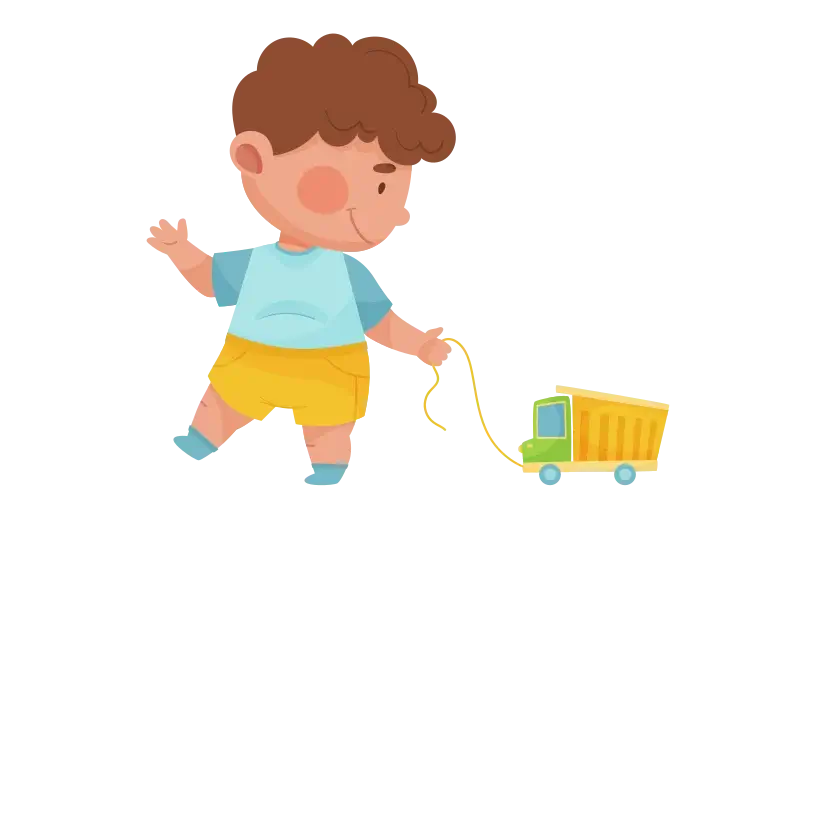
Your toddler’s sense of balance constantly improves. This development is crucial for mastering various skills they will learn in the coming weeks and months. These skills include standing on tiptoes, walking while carrying objects, running, kicking a ball, climbing furniture or playground equipment independently, walking up and down stairs while holding onto a handrail or someone’s hand (under close supervision), and pulling toys along while walking.
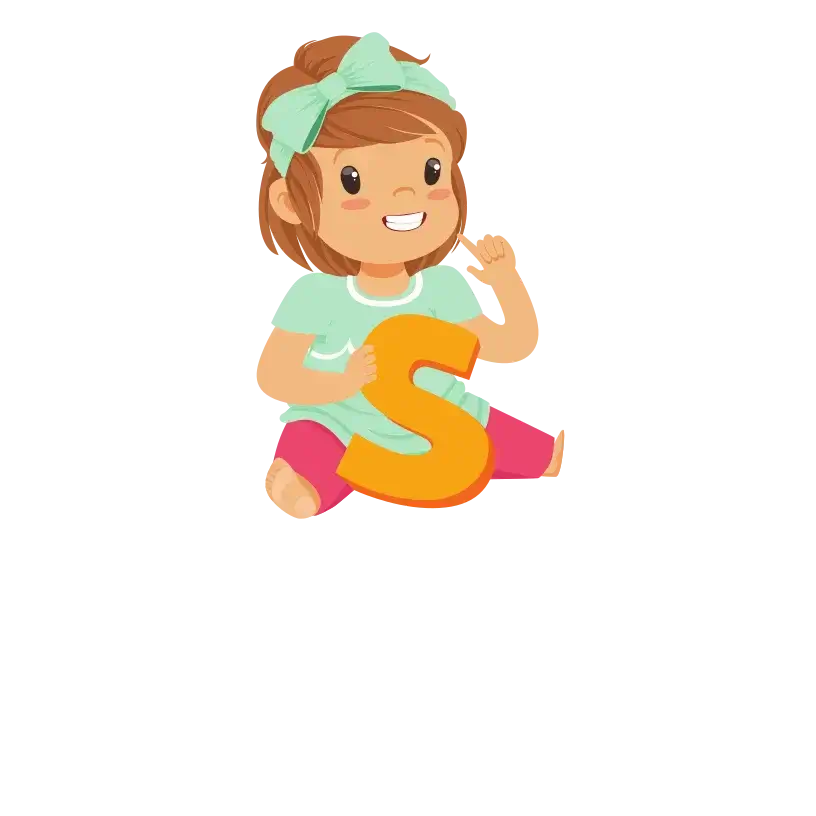
Your toddler may say simple words like toy names, people’s names, and body parts. Boys might take a bit longer to talk than girls. Even if their words sound like gibberish initially, with your patient responses and clear pronunciation, they’ll learn to say words correctly. If your child has trouble speaking, talk to their doctor.
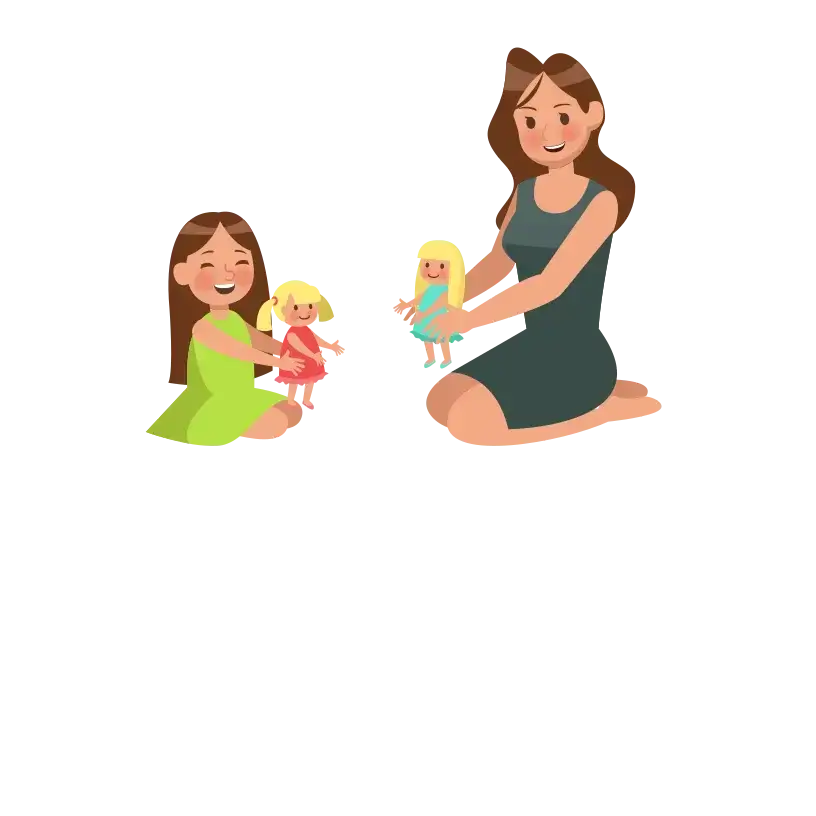
Your 19-month-old will keep learning and using more words over time. Help them learn by repeating words, talking about what they’re doing, and conversing with them. For example, if they want you to play with them, say, “You want me to play? Show me what you’re doing!”

At this age, your toddler might use one hand more than the other, like their right or left hand. But don’t worry, this doesn’t mean they’ll be right- or left-handed. It takes a few years for them to have a clear favourite hand, and some kids can use both hands equally well.

At 19 months old, your child can point to body parts or objects when asked. This shows they understand simple words and instructions. It’s a sign of their growing language and communication skills. Encourage this by playing games and talking to them about what they see around them.

Your toddler’s sense of balance constantly improves. This development is crucial for mastering various skills they will learn in the coming weeks and months.
These skills include standing on tiptoes, walking while carrying objects, running, kicking a ball, climbing furniture or playground equipment independently, walking up and down stairs while holding onto a handrail or someone’s hand (under close supervision), and pulling toys along while walking.

Your toddler may say simple words like toy names, people’s names, and body parts. Boys might take a bit longer to talk than girls. Even if their words sound like gibberish initially, with your patient responses and clear pronunciation, they’ll learn to say words correctly. If your child has trouble speaking, talk to their doctor.

Your 19-month-old will keep learning and using more words over time. Help them learn by repeating words, talking about what they’re doing, and conversing with them. For example, if they want you to play with them, say, “You want me to play? Show me what you’re doing!”

At this age, your toddler might use one hand more than the other, like their right or left hand. But don’t worry, this doesn’t mean they’ll be right- or left-handed. It takes a few years for them to have a clear favourite hand, and some kids can use both hands equally well.

At 19 months old, your child can point to body parts or objects when asked. This shows they understand simple words and instructions. It’s a sign of their growing language and communication skills. Encourage this by playing games and talking to them about what they see around them.
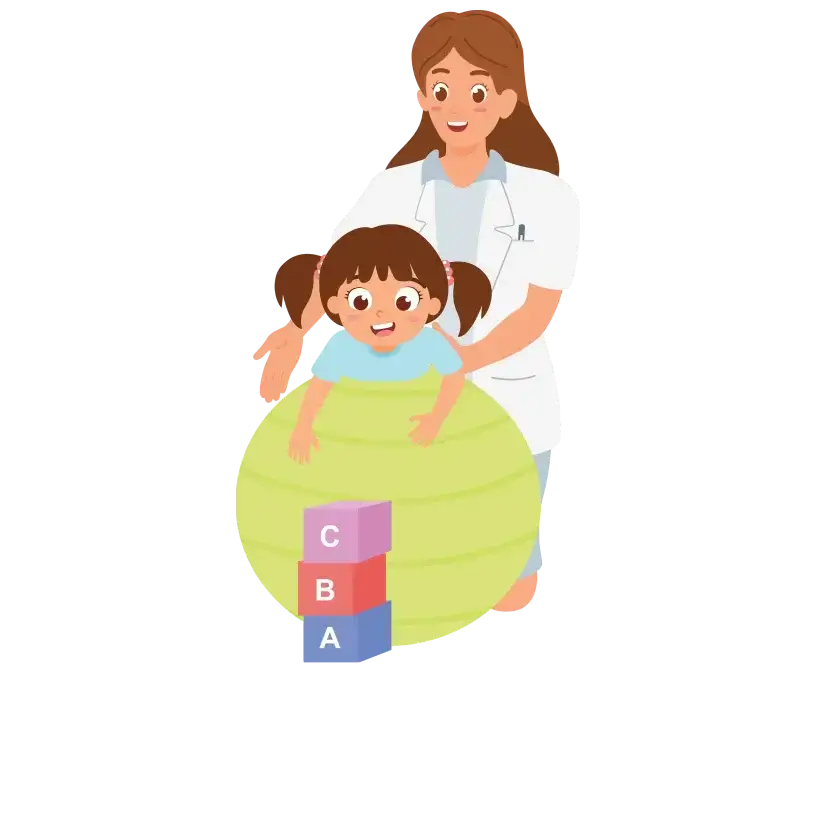
Create different exploration stations around your home with safe objects for your toddler to touch, manipulate, and investigate. Use items with various textures, shapes, and sizes, such as soft fabric squares, plastic containers, wooden blocks, and sensory balls.
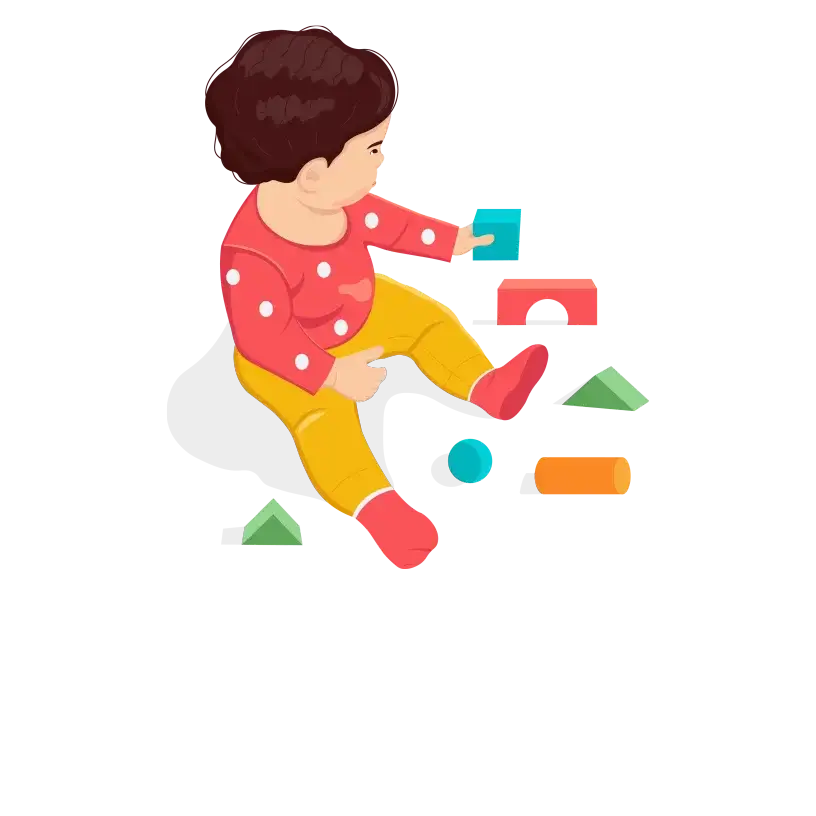
Set up a pretend play area with dress-up clothes, toy kitchen sets, dolls, or stuffed animals. Encourage your toddler to engage in imaginative play by pretending to cook, feed their dolls, or dress up as their favourite characters.

Take your toddler outside for supervised play in a safe environment, such as your backyard, local park, or playground. Provide opportunities for your toddler to run, climb, swing, and explore nature.
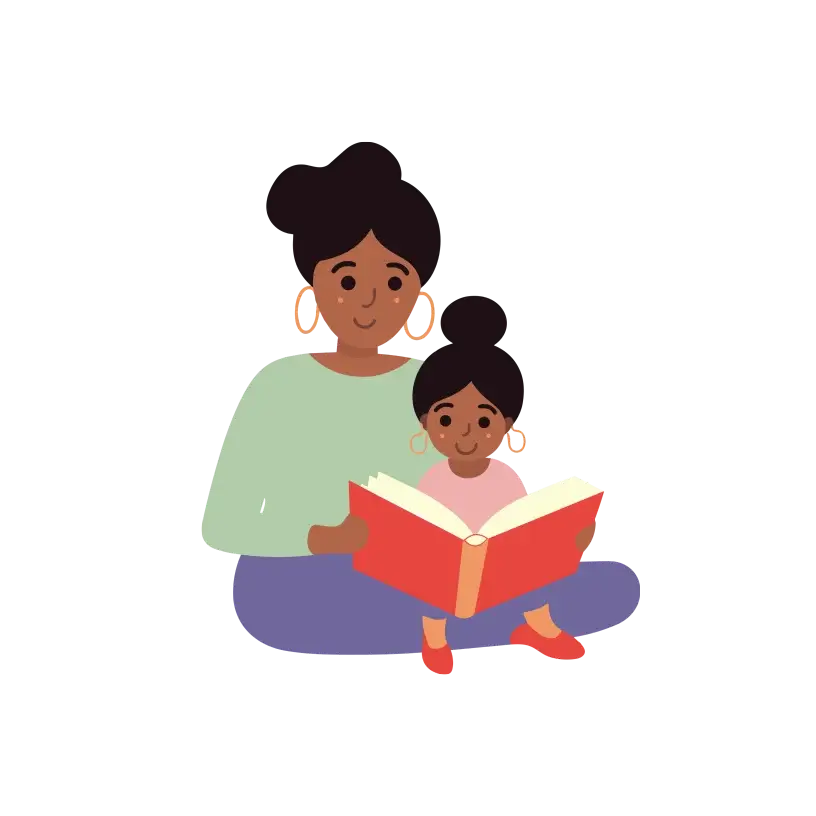
Set aside time daily to read books with your toddler. Choose age-appropriate board books with colourful illustrations and simple text. Encourage your toddler to turn the pages, point to pictures, and repeat simple words or phrases.
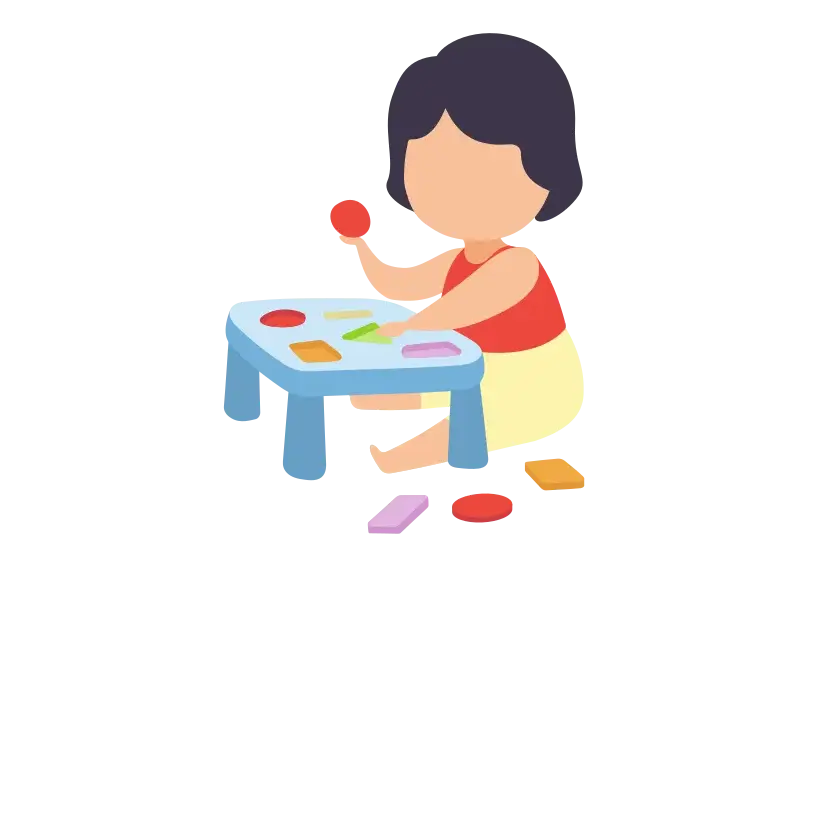
Provide your toddler with simple art supplies like crayons, markers, coloured paper, and washable paints. Encourage them to use their hands and fingers to scribble, draw, paint, or collage.
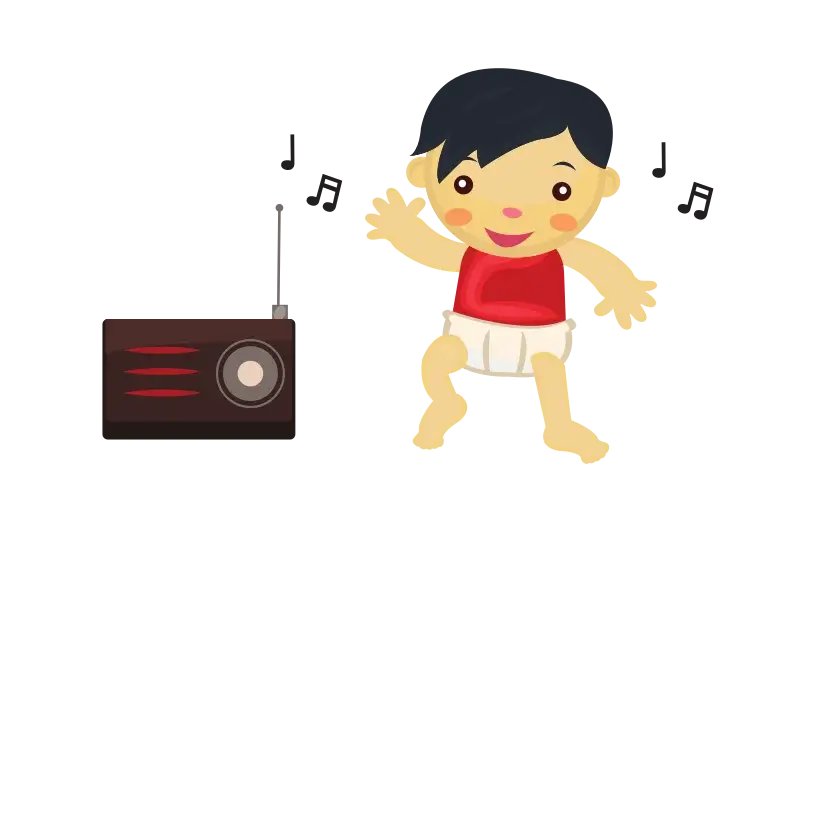
Play music and encourage your toddler to move, dance, and explore rhythm and movement. Use simple musical instruments like shakers, drums, or bells for hands-on exploration. Sing nursery rhymes or action songs or play musical games together.
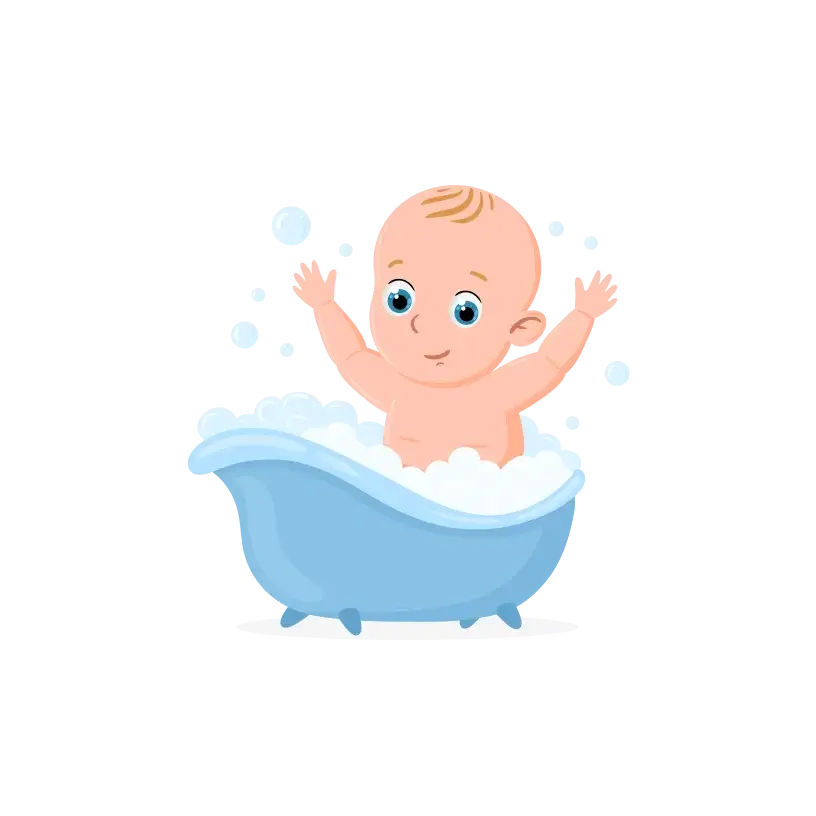
Set up a shallow tub or sensory bin with water and safe water toys for your toddler to explore and splash around in. Encourage your toddler to pour, scoop, splash, and experiment with water movement and volume. Supervise closely to ensure water safety, and provide towels for easy cleanup.
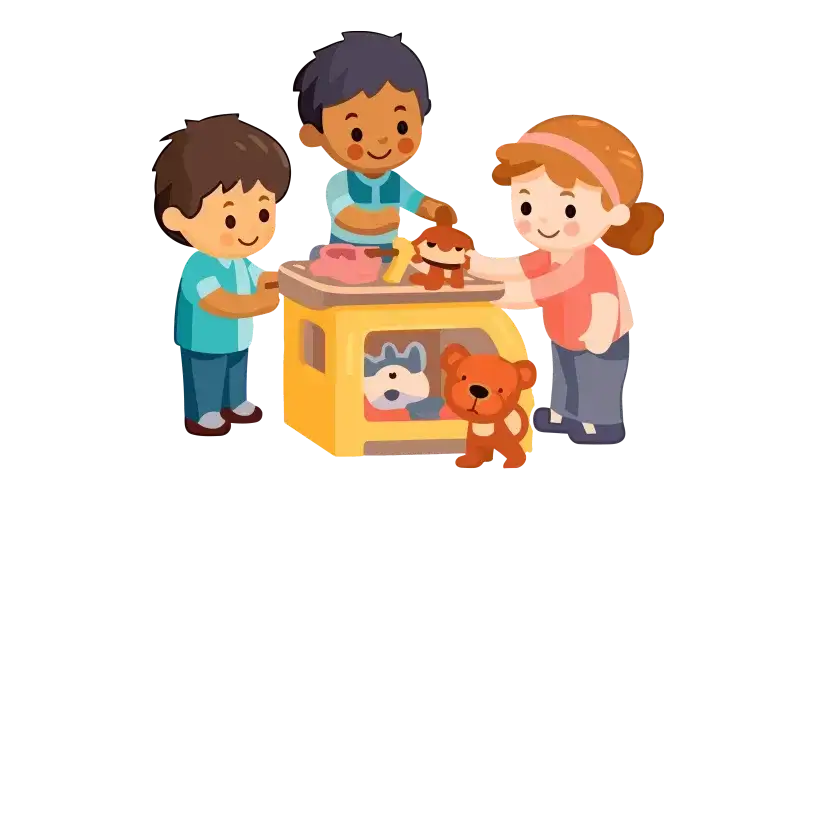
Arrange playdates or join parent-child groups to provide opportunities for social interaction and peer play. Encourage your toddler to share toys, take turns, and engage in parallel or cooperative play with other children. Facilitate positive social interactions by modelling friendly behaviour, sharing, and taking turns yourself.

Create different exploration stations around your home with safe objects for your toddler to touch, manipulate, and investigate. Use items with various textures, shapes, and sizes, such as soft fabric squares, plastic containers, wooden blocks, and sensory balls.

Set up a pretend play area with dress-up clothes, toy kitchen sets, dolls, or stuffed animals. Encourage your toddler to engage in imaginative play by pretending to cook, feed their dolls, or dress up as their favourite characters.

Take your toddler outside for supervised play in a safe environment, such as your backyard, local park, or playground. Provide opportunities for your toddler to run, climb, swing, and explore nature.

Set aside time daily to read books with your toddler. Choose age-appropriate board books with colourful illustrations and simple text. Encourage your toddler to turn the pages, point to pictures, and repeat simple words or phrases.

Provide your toddler with simple art supplies like crayons, markers, coloured paper, and washable paints. Encourage them to use their hands and fingers to scribble, draw, paint, or collage.

Play music and encourage your toddler to move, dance, and explore rhythm and movement. Use simple musical instruments like shakers, drums, or bells for hands-on exploration. Sing nursery rhymes or action songs or play musical games together.

Set up a shallow tub or sensory bin with water and safe water toys for your toddler to explore and splash around in. Encourage your toddler to pour, scoop, splash, and experiment with water movement and volume. Supervise closely to ensure water safety, and provide towels for easy cleanup.

Arrange playdates or join parent-child groups to provide opportunities for social interaction and peer play. Encourage your toddler to share toys, take turns, and engage in parallel or cooperative play with other children. Facilitate positive social interactions by modelling friendly behaviour, sharing, and taking turns yourself.
At this stage, you might feel tempted to introduce screen time to your toddler, especially since they often mimic what they see their parents doing. However, just because countless toddler shows are available doesn’t mean it’s beneficial for your child to watch them around the clock. Paediatricians recommend that children aged 18 to 24 months should have less than an hour of screen time per day. Ideally, this screen time should involve educational programs, and engaging in discussions with your child about what they’re watching is important.
Life with a 19-month-old can be full of ups and downs, giggles, and curiosity, from playing and learning to dressing themselves. As they learn to express themselves more with words, things will become easier, but for now, enjoy the journey.
Dealing with tantrums in a 19-month-old requires a balanced approach that combines empathy, consistency, and patience. Feeling frustrated when your child throws tantrums is not uncommon, but staying calm and composed is essential. By maintaining a sense of calm, you can provide a stable presence for your toddler, helping to de-escalate the situation.
Validating your child’s feelings by acknowledging their emotions and offering comfort through physical touch or soothing words can help them feel understood and supported during moments of distress. At the same time, it’s crucial to set clear and consistent limits on behaviour, enforce consequences when necessary, and teach your child appropriate ways of expressing emotions.
For a 19-month-old who drinks milk, it’s advisable to restrict their intake to between 16 and 24 ounces per day. This precaution is necessary as excessive milk consumption may lead to a feeling of fullness, potentially reducing their appetite for a varied and nutritious diet.
If a 19-month-old wakes up screaming at night, it could be a night terror characterised by episodes of crying or screaming where the child remains unresponsive. It’s important not to try to wake the child during a night terror; instead, focus on calming them back to sleep. Ensure their sleeping environment is safe to prevent injuries if they flail or walk around. The silver lining is that these disruptions may be distressing for parents but are typically not remembered by the child.
Most children outgrow night terrors by the age of 13. While the exact cause of night terrors is unknown, factors like stress, changes in routine, and being overtired can contribute to them. Establishing a soothing bedtime routine and ensuring the child gets enough sleep can help manage night terrors.
At this stage, you might feel tempted to introduce screen time to your toddler, especially since they often mimic what they see their parents doing. However, just because countless toddler shows are available doesn’t mean it’s beneficial for your child to watch them around the clock. Paediatricians recommend that children aged 18 to 24 months should have less than an hour of screen time per day. Ideally, this screen time should involve educational programs, and engaging in discussions with your child about what they’re watching is important.
Life with a 19-month-old can be full of ups and downs, giggles, and curiosity, from playing and learning to dressing themselves. As they learn to express themselves more with words, things will become easier, but for now, enjoy the journey.
Dealing with tantrums in a 19-month-old requires a balanced approach that combines empathy, consistency, and patience. Feeling frustrated when your child throws tantrums is not uncommon, but staying calm and composed is essential. By maintaining a sense of calm, you can provide a stable presence for your toddler, helping to de-escalate the situation.
Validating your child’s feelings by acknowledging their emotions and offering comfort through physical touch or soothing words can help them feel understood and supported during moments of distress. At the same time, it’s crucial to set clear and consistent limits on behaviour, enforce consequences when necessary, and teach your child appropriate ways of expressing emotions.
For a 19-month-old who drinks milk, it’s advisable to restrict their intake to between 16 and 24 ounces per day. This precaution is necessary as excessive milk consumption may lead to a feeling of fullness, potentially reducing their appetite for a varied and nutritious diet.
If a 19-month-old wakes up screaming at night, it could be a night terror characterised by episodes of crying or screaming where the child remains unresponsive. It’s important not to try to wake the child during a night terror; instead, focus on calming them back to sleep. Ensure their sleeping environment is safe to prevent injuries if they flail or walk around. The silver lining is that these disruptions may be distressing for parents but are typically not remembered by the child.
Most children outgrow night terrors by the age of 13. While the exact cause of night terrors is unknown, factors like stress, changes in routine, and being overtired can contribute to them. Establishing a soothing bedtime routine and ensuring the child gets enough sleep can help manage night terrors.
1. Center for Disease Control and Prevention: Birth to 24 months: Boys: Length-for-age and Weight-for-age percentiles
2. Center for Disease Control and Prevention: Birth to 24 months: Girls: Length-for-age and Weight-for-age percentiles
3. Child Mind Institute: Could my 2-year-old be having sleep terrors?
4. Children’s Minnesota: The Senses and Your 1-to-2-years
5. Healthy Children: Safety for Your Child: 1 to 2 Years
6. Healthy Children: Serving Sizes for Toddlers
7. KidsHealth: Media use Guidelines: Babies and Toddlers
8. Nemours KidsHealth- Feeding Your 1- to 2-Year-Old
9. Sleep Foundation: How Much Sleep do Babies and Kids Need?
© Mindsmaking 2024